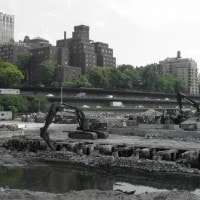
by Stephanie Carlisle and Nicholas Pevzner
Tomorrow’s cities will need to perform better than today’s. As landscape projects become more daring and complex, how do we ensure the quality of our work?
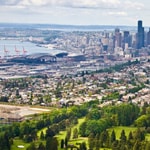
by Lea Johnson
Humanity is very good at taking things apart. We have elaborate machinery and centuries of experience in extracting what we need and making messes as we go.
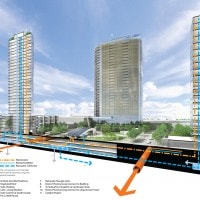
by Christian Runge
Lessons from Lloyd Crossing and Portland EcoDistricts Initiative showcase new tools for measuring ecological impact, human health, and the concrete results of design and planning interventions.
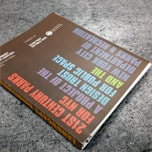
by Stephanie Carlisle and Nicholas Pevzner
An Interview With Adrian Benepe, Charles McKinney, and Jeanette Compton of the New York City Parks Department.
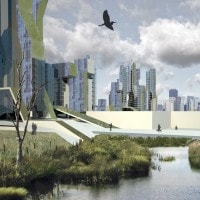
by Mona El Khafif
Yesterday’s models of zoning and planning are outmoded. Perhaps it’s time for a new ecological urban framework.
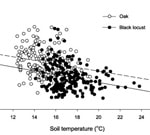
by Renee Kaufman
We—researchers, architects, landscape architects, planners, policymakers—want to make informed decisions based on research, but until science tells us what the right thing is, it seems we're doomed to do the wrong thing.
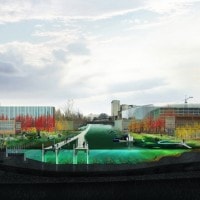
by Stephanie Carlisle and Nicholas Pevzner
The landscape we see happens above ground, yet much of its true intelligence lies beneath the surface.
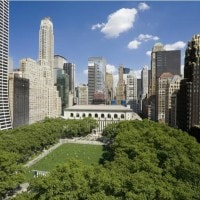
by Michael Miller
In order to form the basis of lasting urban interventions, projects must be not only environmentally sustainable, but socially and economically sustainable as well.
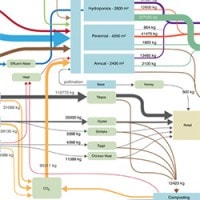
by Ariana Bain & Eva Gladek
Sustainability is a property of systems, not objects. True sustainability emerges from complex interactions within society unfolded through space and time.
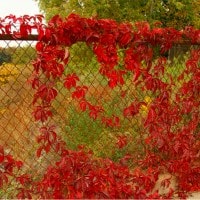
by Izabela Riano
“Disturbance adapted” plants can be either native or non-native species. If some non-native species are more likely to succeed in cities, why not acknowledge the ecological function they provide?










